Not every animal rescue ends in a happy ending—but when it does, it’s nothing short of extraordinary. Some of the most incredible wildlife rescues have defied the odds, turning near-tragedies into stories of survival and second chances.
From whales tangled in fishing nets to tiny birds saved from oil spills, these rescues aren’t just about helping animals. They’re about determination, compassion, and sometimes, pure luck. One wrong move, and the situation could turn disastrous. But with skill and patience, rescuers have pulled off some truly unbelievable feats.
Imagine a stranded dolphin guided back to sea, a starving bear nursed back to health, or an eagle taking its first flight after a life-threatening injury. These moments remind us of the power of human kindness and the resilience of wildlife.
Get ready to be amazed by 20 of the most successful wildlife rescues ever recorded—each one a testament to the fight for survival.
The Chilean Penguins’ Journey Home
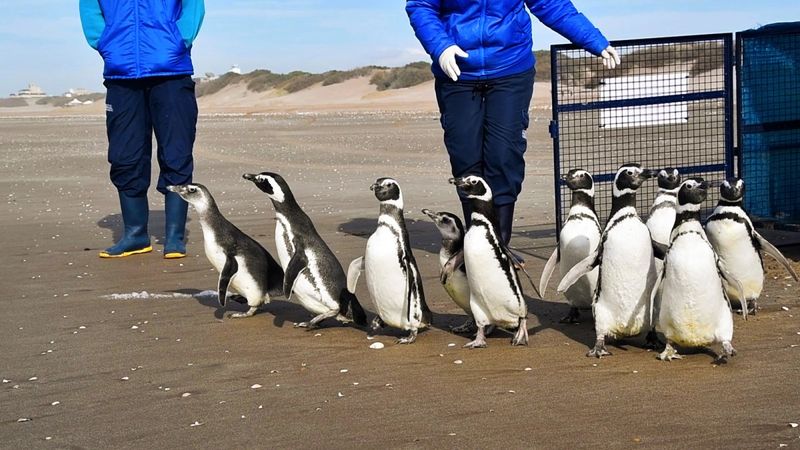
In Chile, a heartening rescue saw dozens of Magellanic penguins returned to their natural habitat. These penguins were found oil-covered, struggling to survive. Volunteers painstakingly cleaned and rehabilitated them over weeks. This collective effort ensured their safe return to the wild. Local communities played a pivotal role, offering resources and support. The release was a spectacle, with onlookers cheering as the penguins waddled back to the sea. This tale underscores the impact of community involvement in wildlife conservation. It also highlights the resilience of these birds, now thriving in their restored environment.
The Elephant Orphans of Kenya

In Kenya, the David Sheldrick Wildlife Trust has rescued countless orphaned elephants. These young elephants, often victims of poaching, find solace and care at the trust. The dedicated team provides round-the-clock care, ensuring their physical and emotional recovery. Once ready, the elephants are gradually reintroduced to the wild. The trust’s work offers a lifeline, fostering hope for these majestic creatures. It also raises awareness about the plight of elephants and the ongoing battle against poaching. This rescue highlights the vital role of conservation in protecting vulnerable species and maintaining ecological balance.
Operation Osprey in the UK
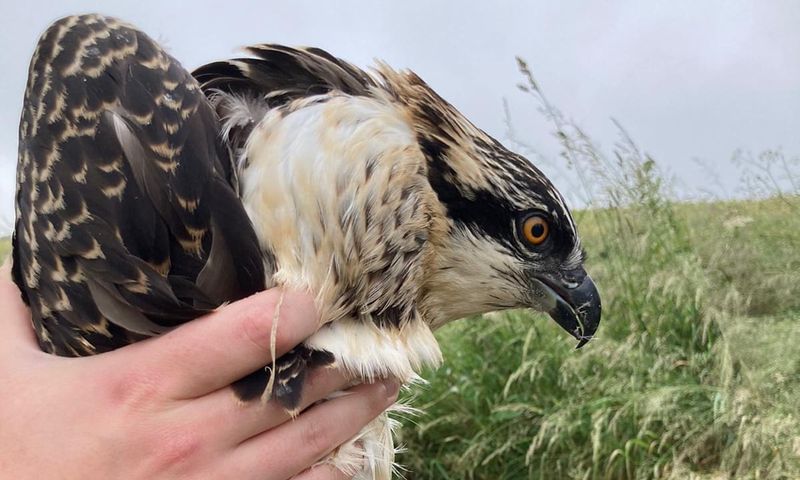
Operation Osprey marked a pivotal success in UK wildlife conservation. Over time, ospreys had nearly vanished from the region due to habitat loss and hunting. Conservationists undertook a massive effort to reintroduce them. By establishing safe nesting sites and monitoring their progress, they facilitated the birds’ return. Today, the osprey population is flourishing, symbolizing a significant win for conservationists. This initiative not only restored a crucial predator to the ecosystem but also inspired further conservation projects. The success of Operation Osprey underscores the power of targeted conservation strategies in restoring wildlife.
The Great Panda Rebirth in China

The giant panda, once on the brink of extinction, has witnessed a remarkable resurgence thanks to concerted conservation efforts in China. Breeding programs and habitat restoration have played key roles in this success story. Researchers and wildlife experts have tirelessly worked to increase the panda population. This has led to a steady rise in their numbers, with pandas now thriving in protected areas. The global community has celebrated this triumph, highlighting the importance of international cooperation in conservation. The panda’s recovery is a beacon of hope, proving that dedicated efforts can reverse the fate of endangered species.
Turtle Triumph in Costa Rica
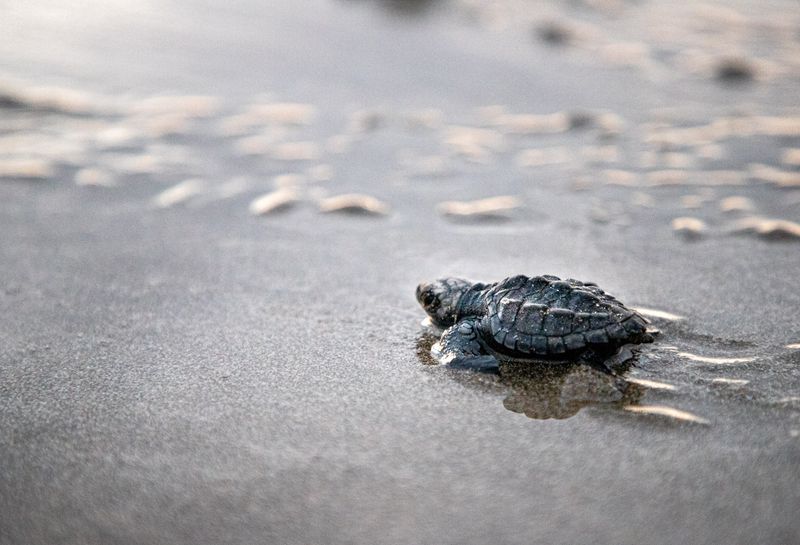
In Costa Rica, sea turtles have found a safe haven thanks to dedicated conservation efforts. These turtles, often targeted by poachers, are now protected through innovative programs. Conservationists patrol beaches, safeguarding nests and ensuring hatchlings make it to the sea. This initiative has significantly increased turtle populations, drawing attention to the importance of protecting marine life. The local community actively participates, understanding the turtles’ role in maintaining ecological balance. This effort in Costa Rica exemplifies how community-driven conservation can yield tangible results, providing hope for the future of marine wildlife. The turtles’ journey back to the ocean is a sight to behold.
The Bald Eagle’s American Comeback

Once teetering on extinction, the bald eagle has made a triumphant return across America. Conservationists focused on habitat protection and banning harmful pesticides, which were key to their recovery. Education campaigns raised awareness, fostering a sense of national pride in protecting this iconic bird. Today, bald eagles are flourishing, symbolizing one of the greatest conservation successes in U.S. history. Their resurgence underscores the impact of environmental policies and human dedication. The bald eagle’s comeback serves as an inspiring reminder that effective conservation can revive endangered species and restore natural heritage. This majestic bird once again graces American skies.
The Saola’s Secret Survival in Laos
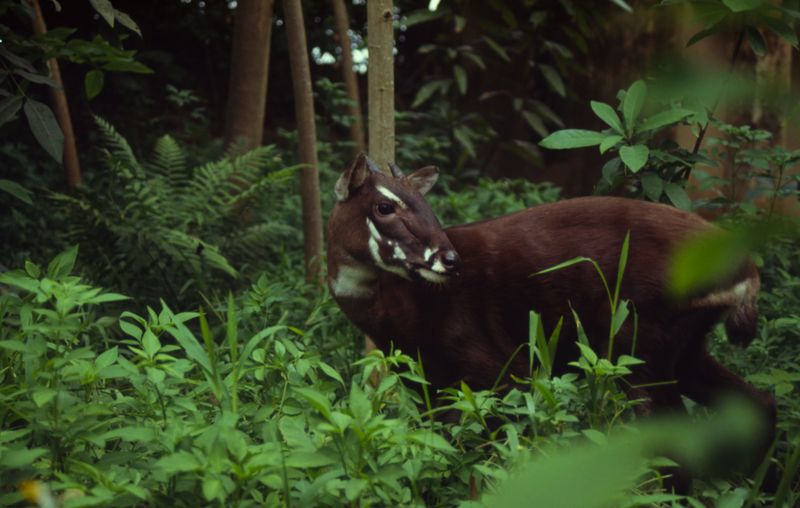
In the remote jungles of Laos, the enigmatic saola, also known as the Asian unicorn, has been given a fighting chance. Discovered only recently, this elusive creature faced threats from habitat loss and poaching. Conservationists have implemented innovative techniques, including using camera traps to monitor populations. Local communities have been engaged, promoting awareness and protection efforts. The saola’s survival is still precarious, but these efforts offer hope. This conservation story highlights the importance of protecting lesser-known species and the role of local involvement in wildlife preservation. The saola remains a symbol of mystery and resilience.
Saving the Snow Leopards of the Himalayas
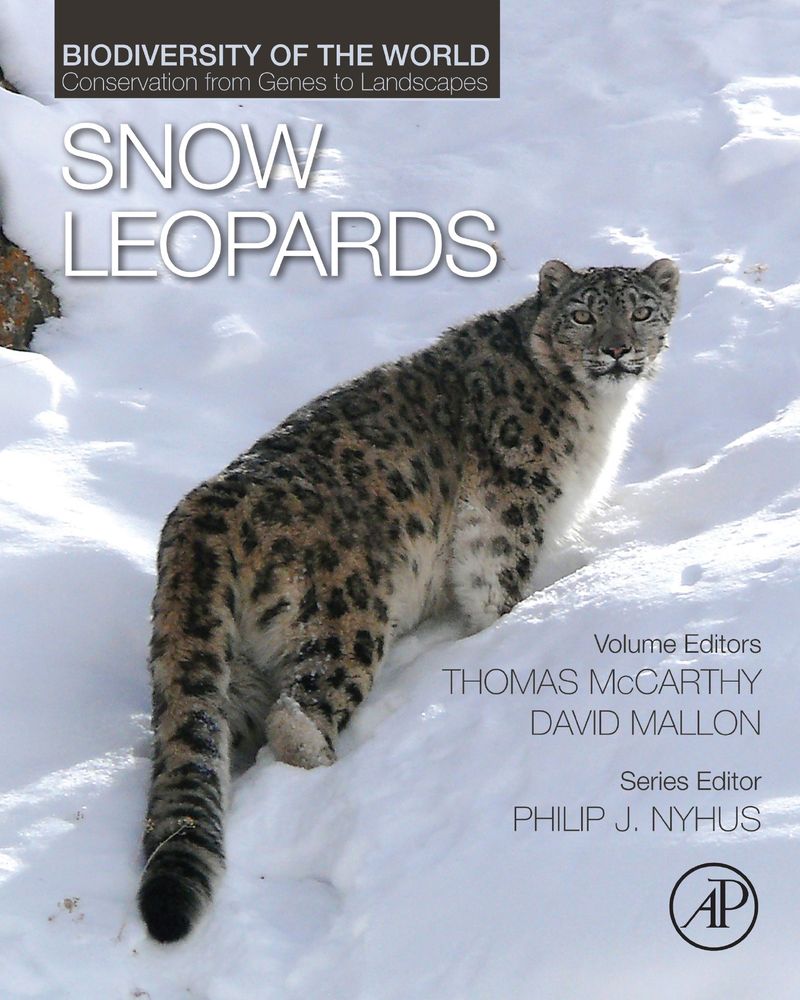
Snow leopards, the elusive big cats of the Himalayas, have been saved from the brink of extinction due to dedicated conservation efforts. Initiatives focus on habitat preservation and anti-poaching measures. Community-based programs involve locals in protecting these majestic creatures. Education efforts have raised awareness about the snow leopards’ plight and importance in the ecosystem. Conservationists have successfully increased their numbers, with sightings becoming more frequent in recent years. This success underscores the power of collaboration between local communities and conservation experts. The snow leopard’s survival brings hope for the future of these magnificent animals and their mountain home.
Rhino Rescue in South Africa
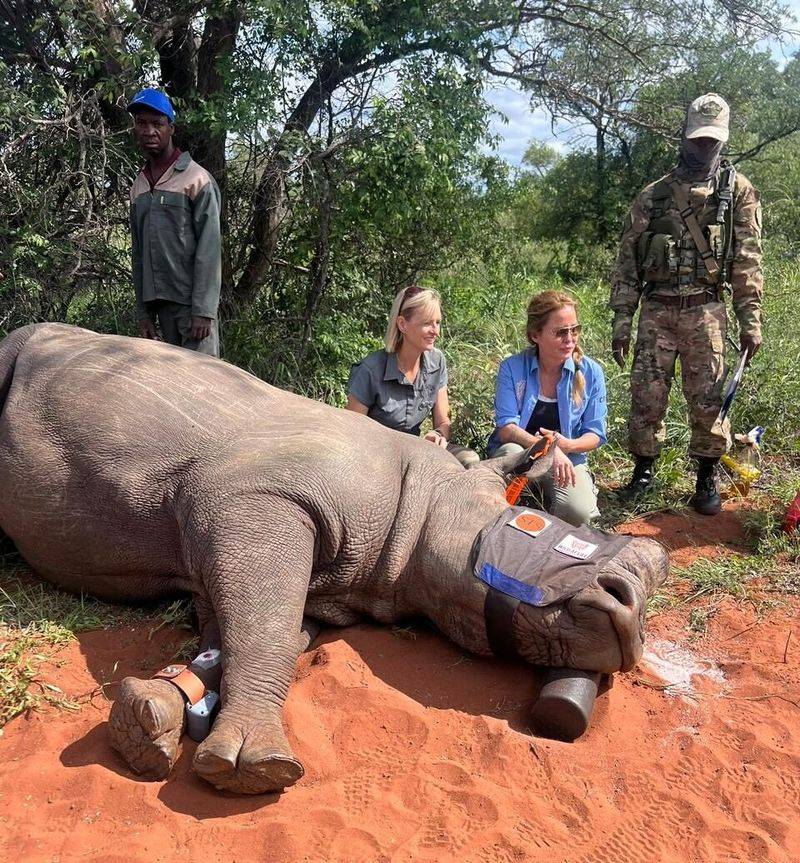
The rhino, a majestic giant of the African savannah, has faced severe threats from poaching. In South Africa, innovative conservation efforts have provided a lifeline. Anti-poaching patrols and relocation programs have been crucial in protecting these creatures. Conservationists use helicopters to relocate rhinos to safer areas, away from poachers. Local communities are involved in these efforts, emphasizing the economic benefits of wildlife tourism. This multi-faceted approach has seen rhino populations stabilize, offering hope for their future. The rhino rescue story highlights the importance of innovative strategies and community involvement in preserving endangered species and their habitats.
The Phoenix of the California Condor
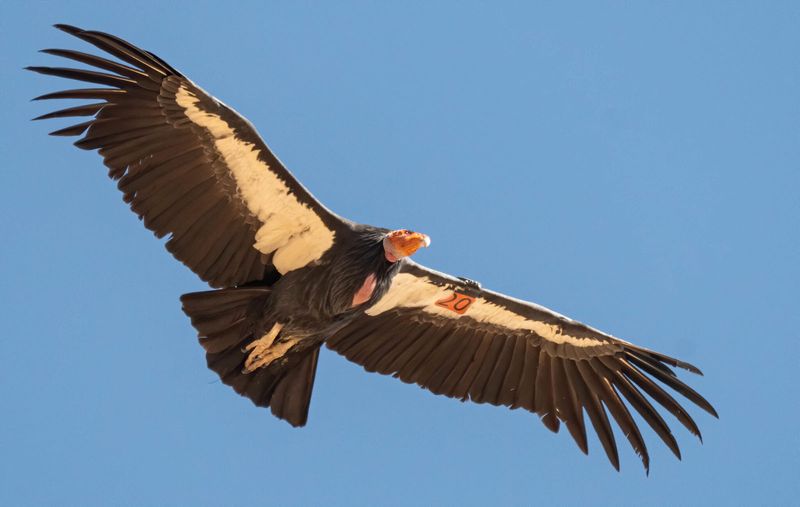
The California condor, once on the brink of extinction, has risen like a phoenix thanks to dedicated conservation efforts. Habitat restoration and captive breeding programs have been pivotal. Researchers use GPS tracking to monitor their movements and ensure their safety. Public awareness campaigns have helped garner support for these magnificent birds. Today, condors soar over the canyons of California, a testament to the power of conservation. Their comeback underscores the importance of preserving biodiversity and the role of science in wildlife recovery. The California condor’s journey from near-extinction is a remarkable success story in animal conservation.
The Iberian Lynx’s Return in Spain

The Iberian lynx, once the world’s most endangered feline, has made a remarkable comeback in Spain. Conservationists focused on habitat preservation and reintroduction programs to boost their numbers. Anti-poaching laws and public education were crucial in protecting these elusive creatures. Through breeding centers and dedicated efforts, the lynx population has steadily increased. This success story highlights the importance of collaboration between governments, NGOs, and local communities. The Iberian lynx’s resurgence is a beacon of hope, demonstrating that concerted conservation efforts can restore even the most threatened species. This elegant predator now prowls the Spanish landscape once more.
Koala Rehabilitation in Australia
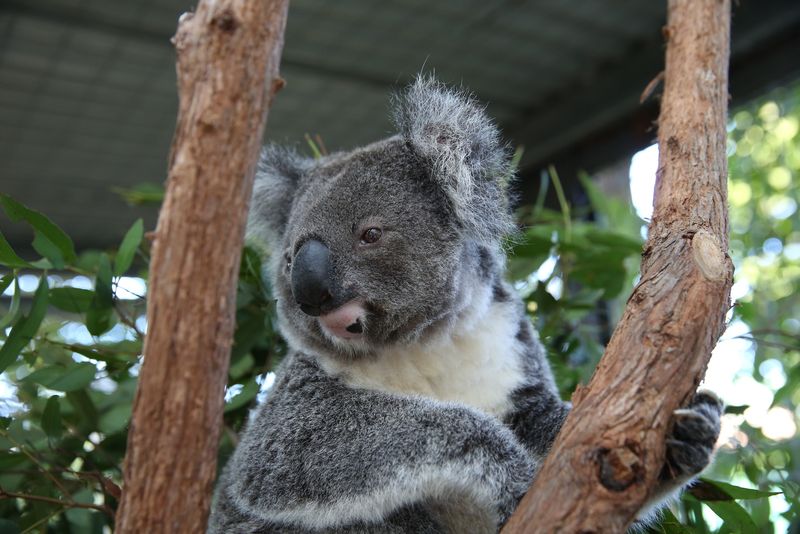
In Australia, koalas, iconic symbols of the bush, faced devastating habitat loss and bushfires. Wildlife carers stepped in to rescue and rehabilitate these beloved marsupials. Through medical care and dedicated feeding programs, many koalas have returned to the wild. Habitat restoration efforts continue, ensuring their long-term survival. This rescue story highlights the resilience of koalas and the importance of swift action in crisis situations. The community’s involvement has been vital, showcasing the power of collective efforts in wildlife conservation. The koala rehabilitation efforts serve as a reminder of the fragility of our ecosystems and the need for ongoing protection.
The Humpback Whale’s Oceanic Comeback
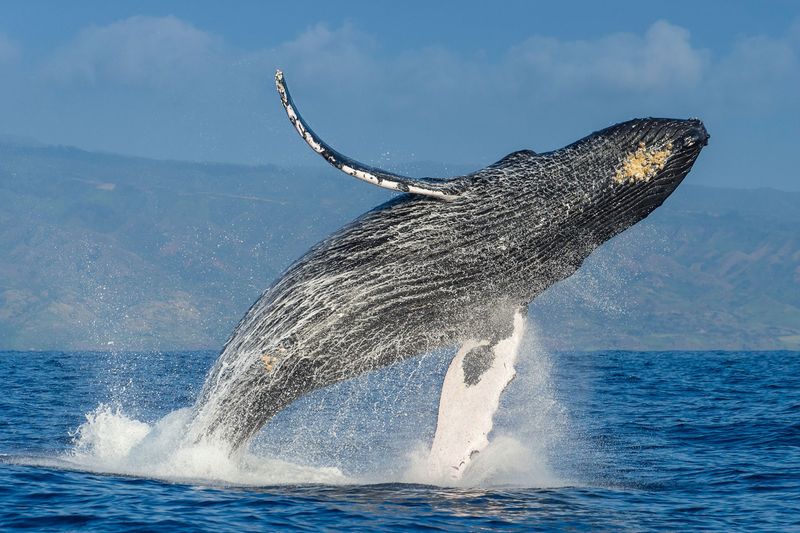
Humpback whales, once hunted to near extinction, have made a spectacular comeback in oceans worldwide. Conservation measures, including banning commercial whaling and protecting marine habitats, have been crucial. Researchers monitor whale populations and migration patterns, contributing to their recovery. Public support and awareness have played significant roles in this success story. Today, humpback whales are thriving, often seen leaping joyfully in the ocean. Their resurgence highlights the effectiveness of global conservation efforts and the importance of maintaining healthy marine ecosystems. The humpback whale’s story is a powerful testament to the possibility of reversing human-caused damage to wildlife.
The Orangutan’s Forest Haven in Borneo
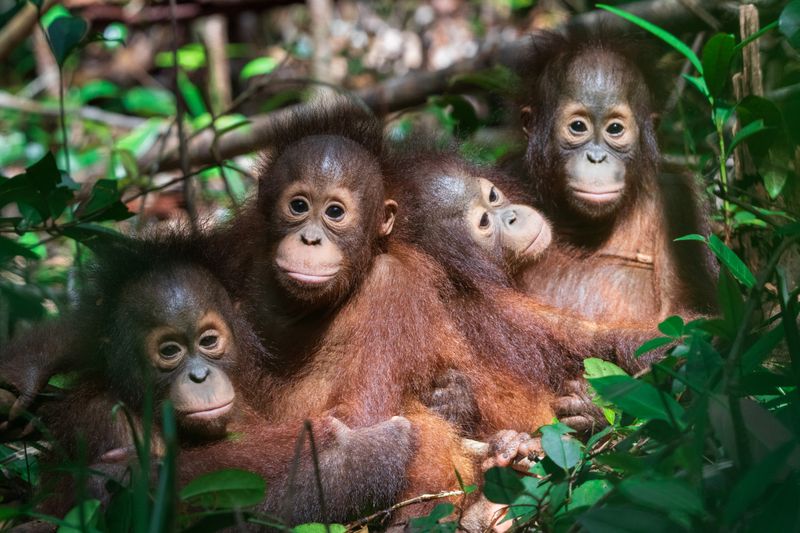
In Borneo, orangutans have found refuge amidst deforestation threats. Conservationists have established protected areas and rehabilitation centers to safeguard these intelligent primates. Efforts focus on habitat preservation and public education to reduce human-wildlife conflict. Rehabilitation programs help orphaned orangutans return to the wild. This collaborative approach has stabilized orangutan populations, offering hope for their future. The orangutan’s story underscores the importance of preserving rainforests and the role of education in conservation. Local communities play a crucial role, understanding the need to protect these creatures. The orangutan’s forest haven is a testament to the power of conservation.
The Gray Wolf’s Return to Yellowstone

The gray wolf’s reintroduction to Yellowstone marked a turning point in conservation. Once eradicated, wolves were reintroduced to restore the park’s ecological balance. Their presence has transformed the landscape, affecting prey populations and vegetation. This successful reintroduction highlights the importance of apex predators in ecosystems. Park rangers and conservationists closely monitor the wolves, ensuring their integration. Public support and awareness have been vital, showcasing the role of community in conservation. The gray wolf’s return to Yellowstone is a powerful example of how targeted efforts can revive ecosystems and restore natural harmony. These majestic predators now roam the park once more.
The Amur Tiger’s Siberian Success
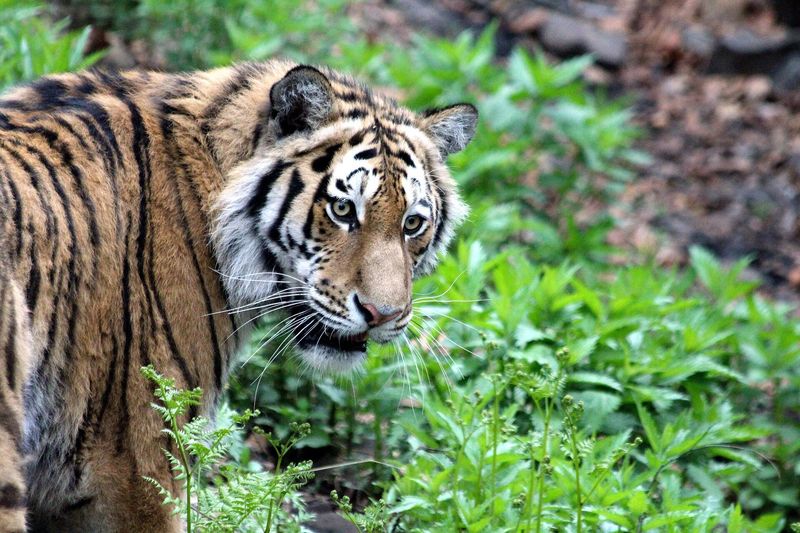
In Siberia, the Amur tiger has staged an incredible comeback from the brink of extinction. Conservationists focused on anti-poaching efforts and habitat protection to save these majestic cats. GPS tracking and monitoring have been pivotal in understanding their movements and ensuring safety. Local communities have been engaged, promoting coexistence and reducing conflict. The Amur tiger’s success story is a testament to the power of concerted conservation efforts and international collaboration. Today, these tigers roam the Siberian wilderness, embodying the resilience of wildlife. The Amur tiger’s recovery offers hope for other endangered species facing similar threats.
The Green Sea Turtles’ Caribbean Revival
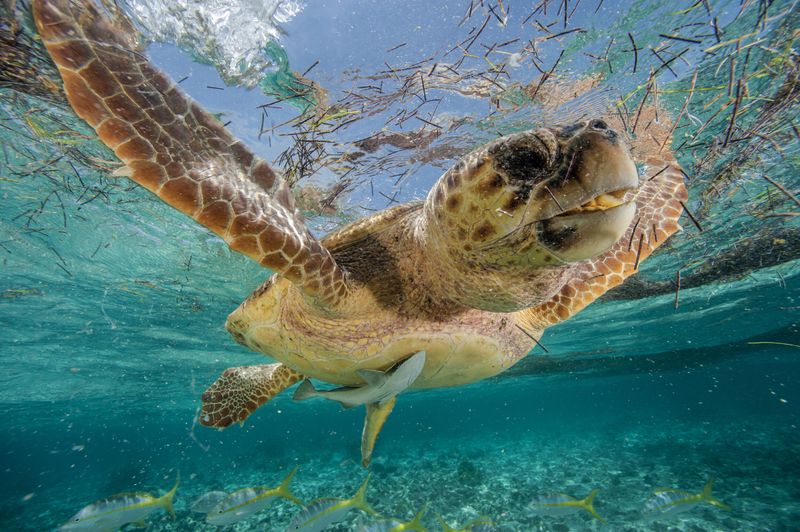
In the Caribbean, green sea turtles have experienced a revival due to dedicated conservation efforts. Marine protected areas and anti-poaching measures have been crucial in safeguarding these turtles. Conservationists work tirelessly to monitor nests and protect hatchlings, ensuring their safe journey to the sea. Public awareness campaigns have fostered support for marine conservation, emphasizing the turtles’ ecological importance. This success story highlights the role of collaboration between governments, NGOs, and local communities. The green sea turtles’ revival in the Caribbean underscores the importance of preserving marine biodiversity for future generations. Their graceful presence now enriches the vibrant underwater world.
The Monarch Butterfly’s North American Revival

The monarch butterfly, known for its long migration, has seen a resurgence in North America. Conservation efforts focused on preserving habitats and planting milkweed, crucial for their lifecycle. Public awareness and participation in creating butterfly-friendly gardens have played significant roles. This revival highlights the importance of protecting migratory routes and natural habitats. The monarch’s journey is a symbol of resilience and the interconnectedness of ecosystems. Conservationists continue to monitor their populations, ensuring their survival. The monarch butterfly’s revival is a testament to the impact of grassroots conservation efforts and the beauty of nature’s cycles. Their vibrant presence delights observers across the continent.
The Kakapo’s Comeback in New Zealand
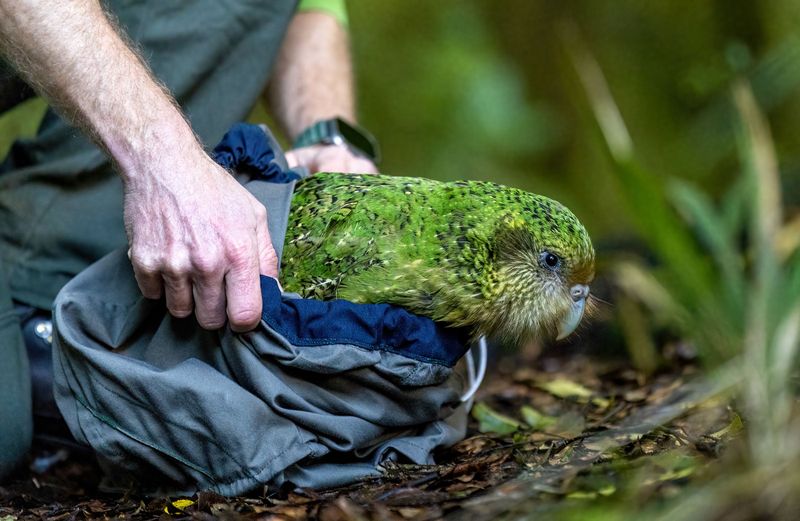
The kakapo, a flightless parrot native to New Zealand, has made an extraordinary comeback. Once on the verge of extinction, intensive conservation efforts have been pivotal. Breeding programs and predator control have been crucial in their recovery. Conservationists monitor each bird, ensuring their safety and well-being. Public support has been instrumental, fostering a sense of national pride in saving this unique species. The kakapo’s comeback highlights the importance of dedicated conservation efforts and community involvement. This success story is a beacon of hope, demonstrating that even the most critically endangered species can be saved with determination and care.
The Vaquita’s Fight for Survival
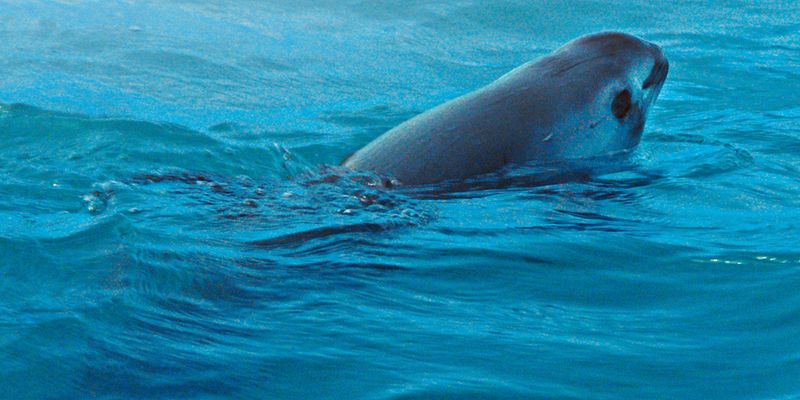
The vaquita, the world’s smallest porpoise, faces a critical fight for survival in the Gulf of California. Conservationists race against time to save this species from extinction. Efforts focus on removing illegal fishing nets and promoting sustainable fishing practices. Public awareness campaigns aim to garner global support for the vaquita’s plight. Despite challenges, there is hope as international cooperation intensifies. The vaquita’s story underscores the urgency of conservation in protecting marine biodiversity. This fight highlights the need for immediate action to prevent further loss of species. The vaquita’s survival hinges on global efforts and the commitment to preserving our oceans.

